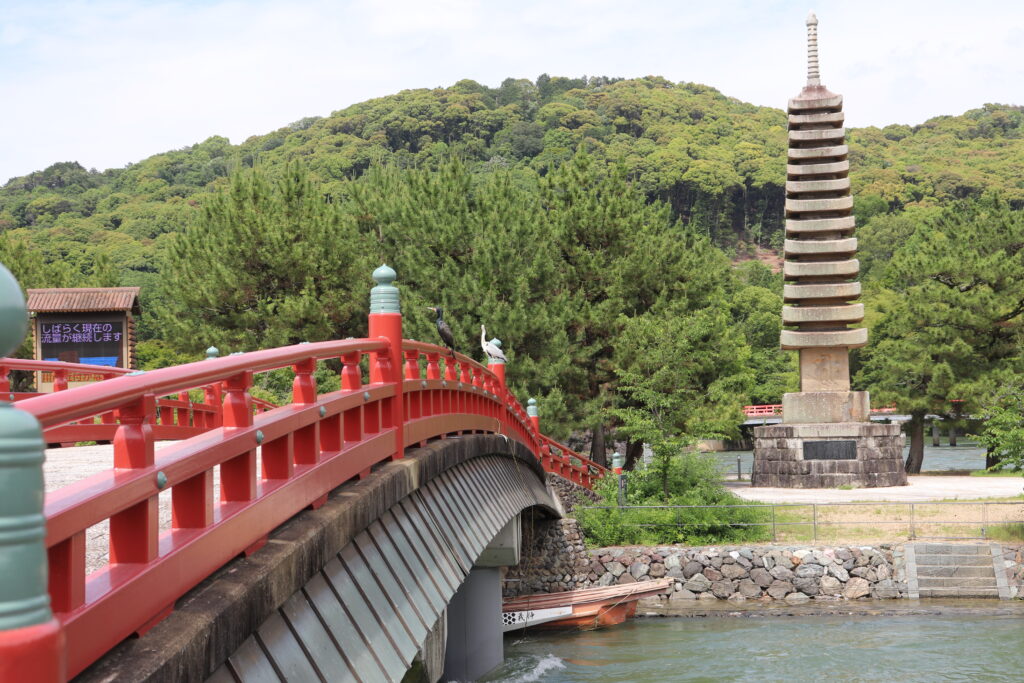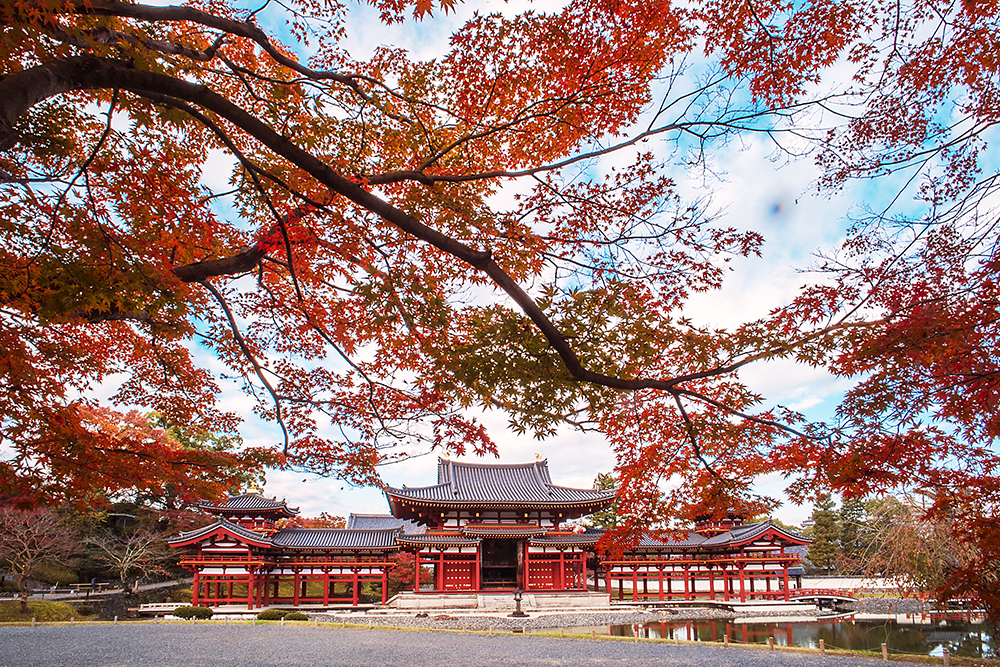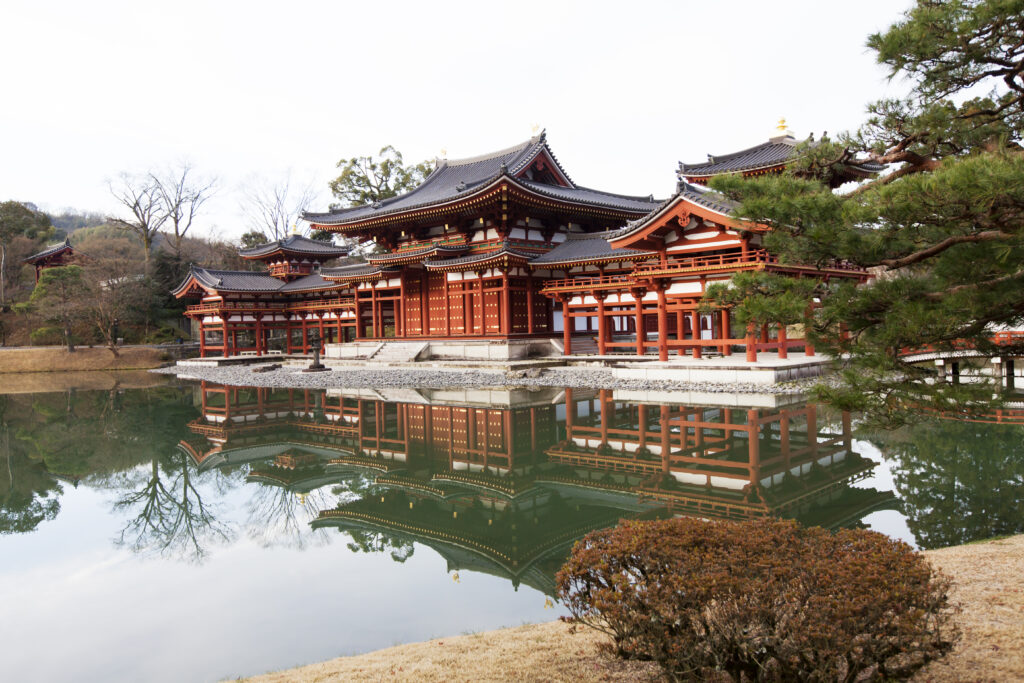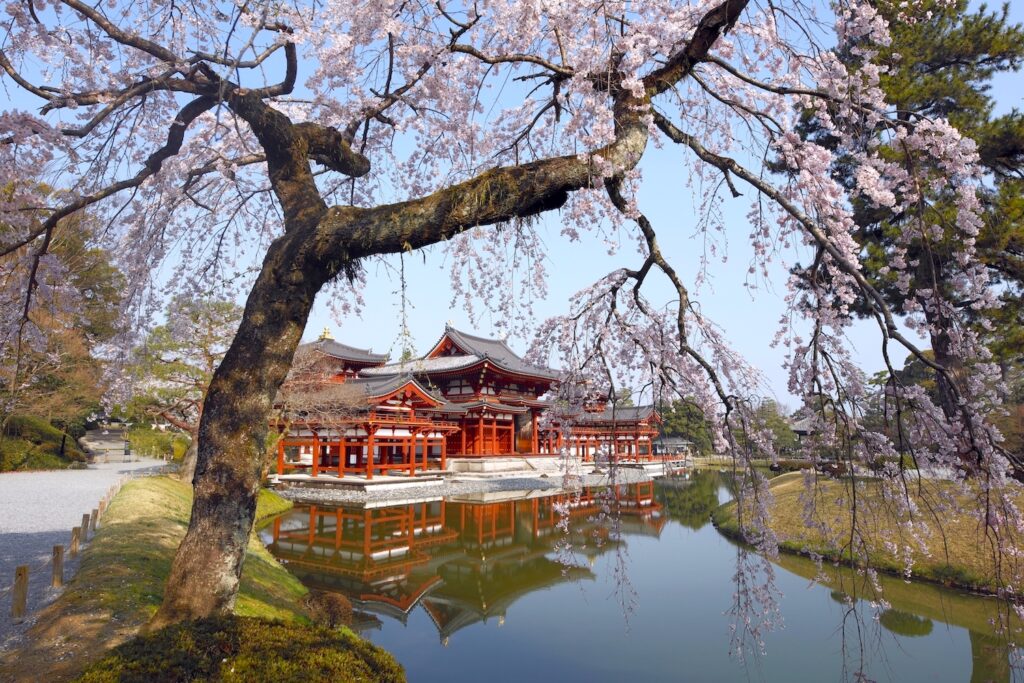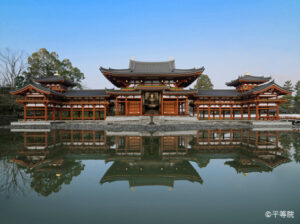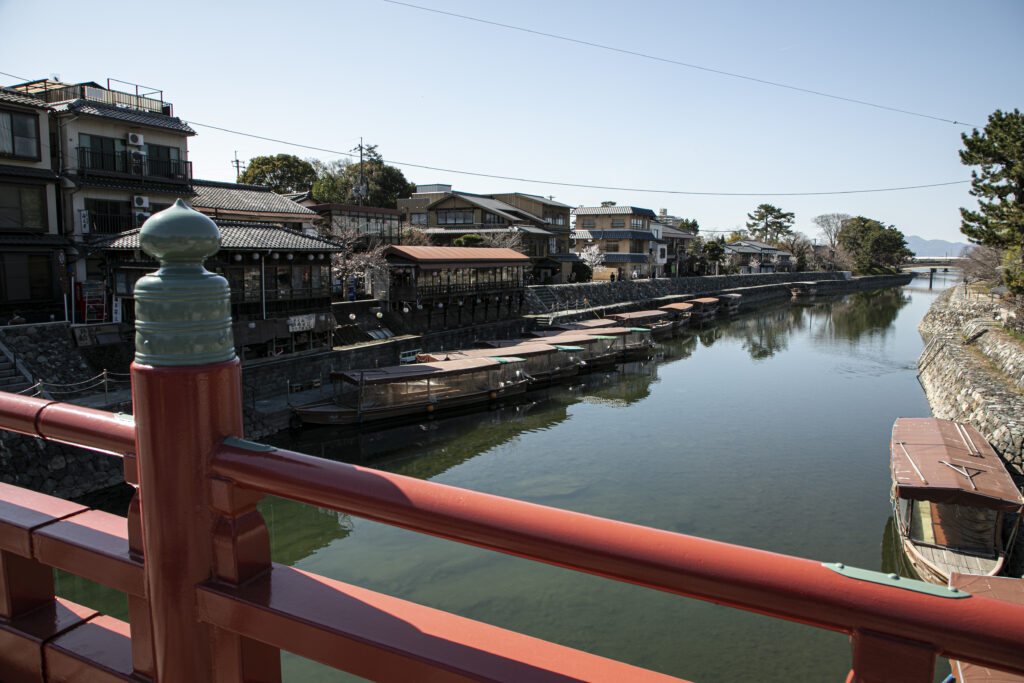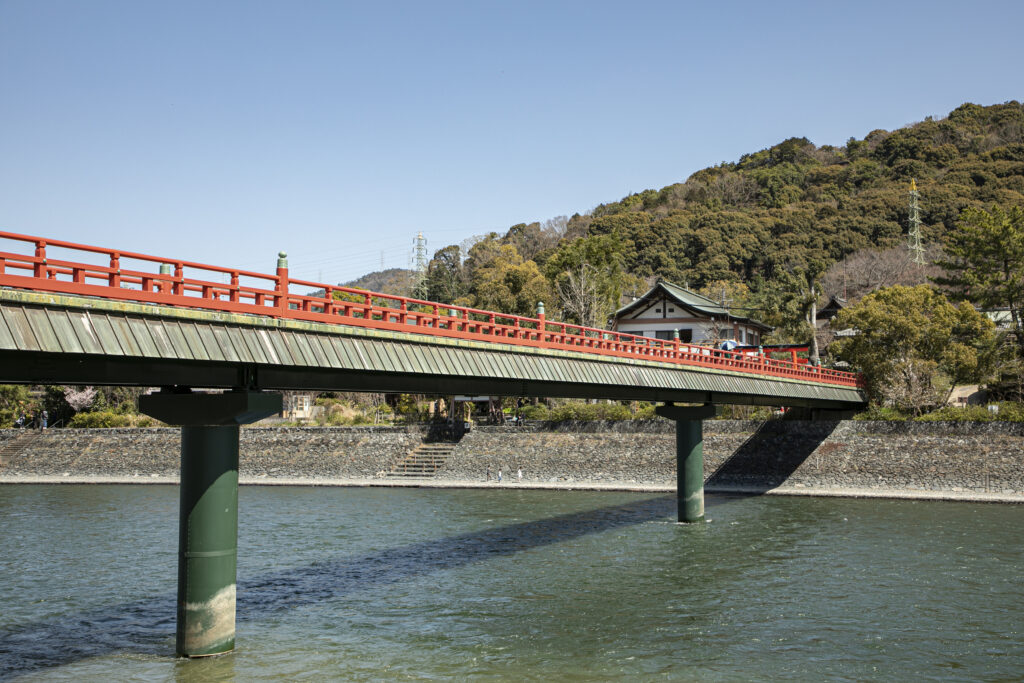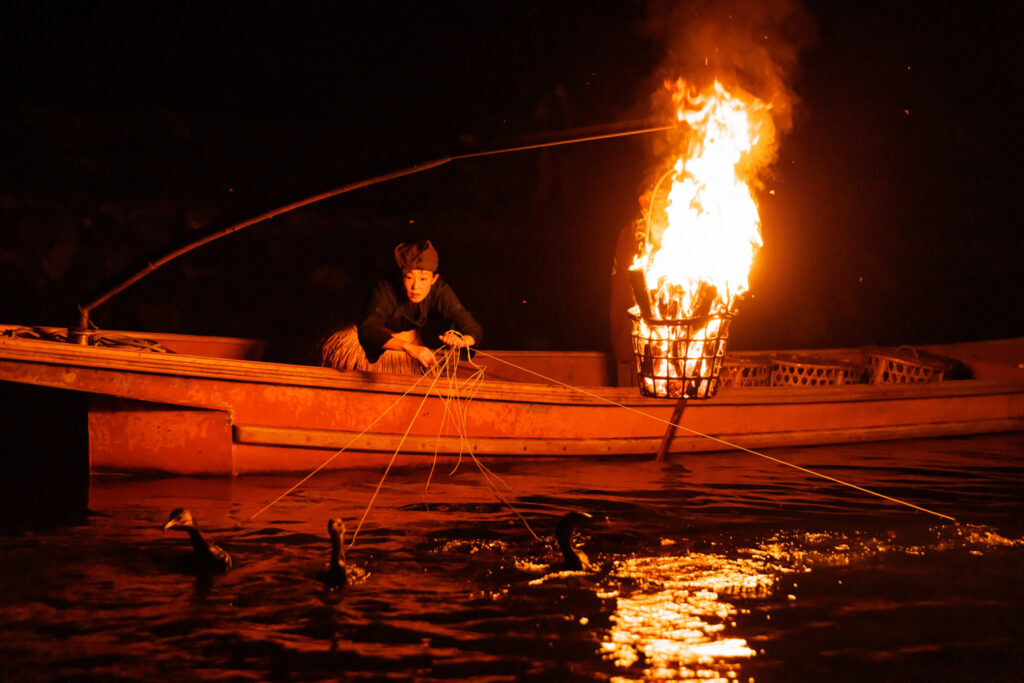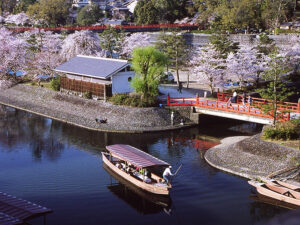World Heritage sites attract many tourists. Byodoin Temple is one of the seventeen parts of “The Historic Monuments of Ancient Kyoto (Kyoto, Uji and Otsu Cities)” of the World Heritage. This Buddhist temple is located on the west bank of the Uji River. The Heian Period (794-1185) courtier Minamoto no Toru once owned it as his villa, and after he passed away, it had changed ownership several times before coming into the possession of Fujiwara no Michinaga, a prominent aristocrat in the imperial court. After that, the estate was converted into this temple by Michinaga’s son Yorimichi in 1052. Interestingly, Minamoto no Toru and Fujiwara no Michinaga are among the various figures who are said to have been the model for Hikaru Genji, the protagonist of the famous novel written by Murasaki Shikibu, The Tale of Genji.
The most famous building of the temple, the Phoenix Hall (Hou-ou-do), was built as an amida-do (a hall enshrining Amida Buddha) in 1053. Today, it is featured on one side of the 10 yen coin. Having undergone numerous renovations over the centuries, the hall remains as the only existing building dating from the time of its original construction, offering a glimpse into the splendor of the Fujiwara clan’s dominance. Its name derives from the building’s resemblance to a bird, and from the two bronze phoenix statues adorning its roof. The main rectangular structure is flanked by two L-shaped Yokuro (Wing Corridors), and has Biro (Tail Corridor). It came to be called “Phoenix Hall (Hou-ou-do)” around the early Edo Period (around 1603-1868).
The temple also houses Byodoin Temple Museum “Hoshokan”, which opened in 2001. It exhibits 26 Statues of the Praying Bodhisattva (Buddhist Saint) on Clouds, a pair of phoenixes that once adorned the roof of the Phoenix Hall, and more. The museum was built mostly underground so as to harmonize with the garden, which is designated as a Historic Site and Place of Scenic Beauty, surrounding the Phoenix Hall.
With its beautifully landscaped and scenic garden, Byodoin Temple is a must-see for any visitor to Uji.
Byodoin Temple
Byodoin Temple, located on the west bank of the Uji River, shows the historical glory of the Fujiwara clan’s prosperity. Originally Minamoto no Toru’s villa, it was later acquired by Fujiwara no Michi …
